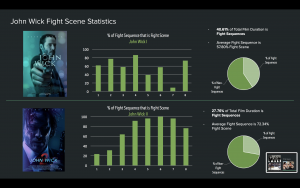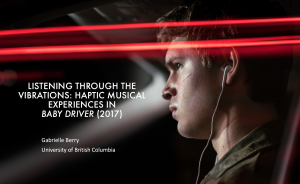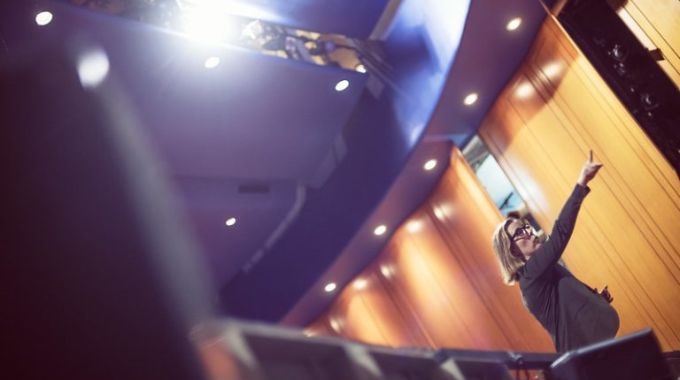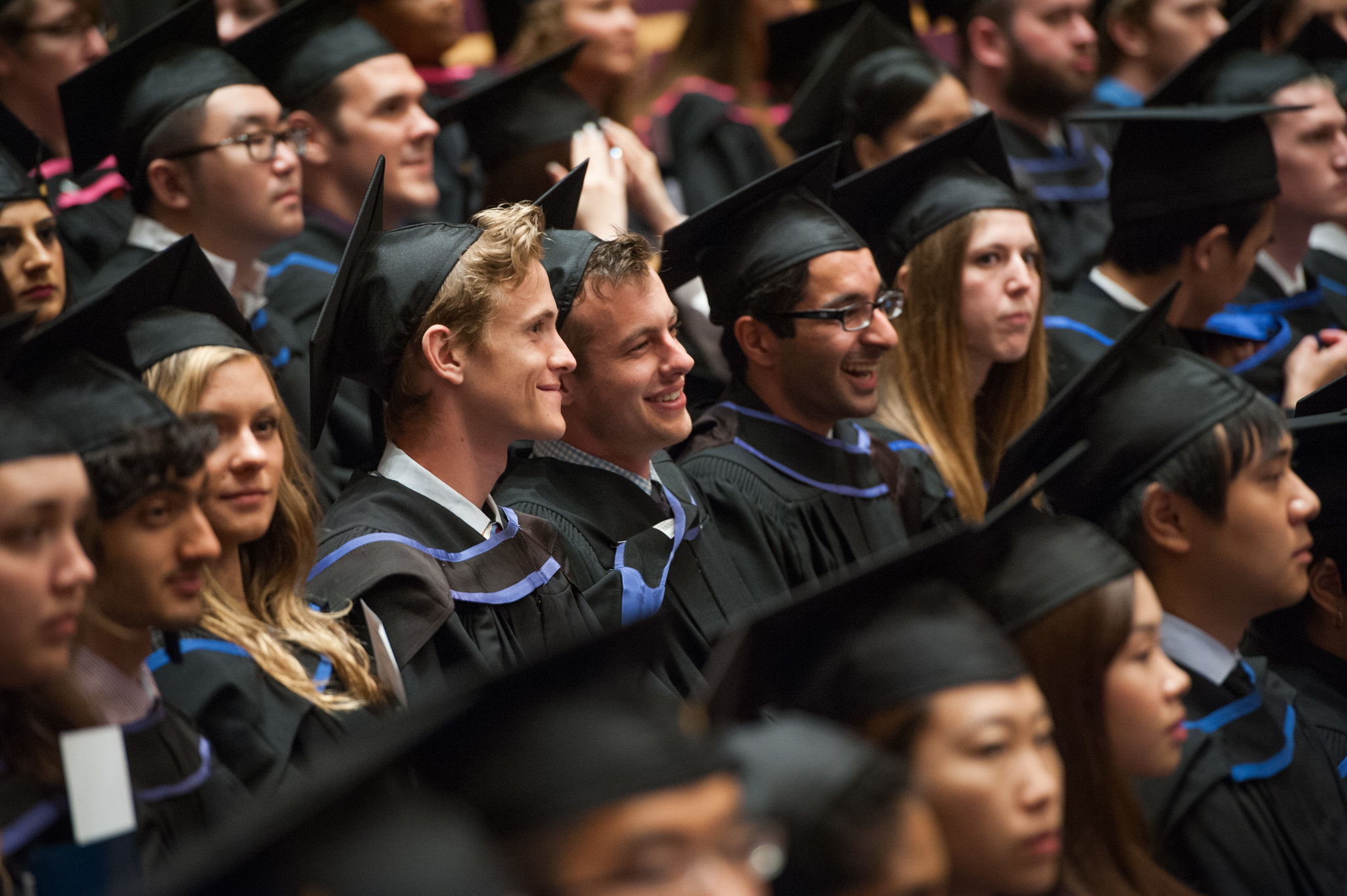Associate Professor, Lisa Coulthard (BA Film Studies, MA, PhD Cinema and Media Studies); Film Studies alum Lindsay Steenberg (Senior Lecturer in Film Studies, Subject Co-ordinator MA in Popular Cinema, Oxford Brookes University, United Kingdom); and Cinema and Media Studies PhD, Gabrielle Berry, present at the Music and Moving Image Conference XVI (MAMI), NYU/Steinhardt on Thursday, May 28, virtually.
The MAMI Conference at NYU Steinhardt, Thursday, May 28 – Sunday, May 31, 2020, is the annual conference that explores the relationship between the entire universe of moving images (film, television, video games, iPhone, computer, and live performances) and that of music and sound through paper presentations. Submissions from multidisciplinary teams that have been pooling their knowledge to solve problems or come up with a new perspective regarding music and moving images are encouraged.
Lisa and Lindsay have co-authored and have co-presented their paper, the title of which is “Sonic Showdowns: Anatomy of a Fight Sequence, The Red Circle Nightclub Fight in John Wick” (2014).
The research for this paper is funded by a Social Sciences and Humanities Research Council of Canada Insight Grant (SSHRC). Dr. Lisa Coulthard is Principal Investigator and Dr. Lindsay Steenberg of Oxford Brookes is the Collaborator. UBC Theatre and Film graduate students Gabrielle Berry (PhD), Jemma Dash (second year MA) and Harrison Wade (first year MA) are graduate research assistants on this grant.
PhDSonic Showdowns: Music and Fighting in the John Wick Franchise
Lisa Coulthard (University of British Columbia) and Lindsay Steenberg (Oxford Brookes University)
As part of a large-scale research project on the fight scene in cinema, this paper considers music and sound in the multiple and extended fight scenes of the John Wick franchise. Like many films focused on fighting, the Wick series parcels out types of fights across its texts, each with its own unique fight choreography, cinematic style, weapon orientation, character development, setting, mise en scene, and music. Foregrounded in the dialogue-sparse films, sound and music play a significant role in separating out each fight sequence as unique and uniquely worth watching. Tying music to violent action, the films highlight kineticism and spectacle: from the first fight in John Wick (2014), music is sutured to physicality and movement — as John leaps into action, the rock soundtrack revs in synch with his movements. Throughout the three films, music is frequently yoked to Wick’s actions, even when the music is diegetically motivated: from the pulsing beats of dance music in the club to the contrastive scoring of Kaleida in the Red Circle bath area to the relative musical silence of the library fight, sound is crucial to the acoustic attractions of Wick’s action-filled fighting. Considering these elements across the three films of the franchise (to date), this paper examines the fundamental musicality of Wick’s fights, analyzes the interplay of musical and fight “beats,” and frames these fights within a larger analysis of music in fights scenes in contemporary cinema.
Listening Through the Vibrations: Haptic Musical Experiences in Baby Driver (2017)
Gabrielle Berry, University of British Columbia
In the explosive conclusion of Edgar Wright’s Baby Driver (2017), the music obsessed titular protagonist’s hearing is damaged. After spending the film immersed in the Baby’s point of audition (the auditory equivalent of the point of view shot) from his ever-present iPod to his ringing tinnitus, the audio-viewer is presented with another sonic perspective—that of Baby haptically listening to the song through his hand on the car speaker. Contextualized alongside La Famille Bélier. (Eric Lartigau 2014) and Beyond Silence (Caroline Link 1996), which similarly focus around music, hearing loss and/or deafness, this paper examines the role of sound in blurring the boundaries between the audience, characters and sound technology. Far more than an acoustic gimmick or a trope, point of audition in Baby Driver emphases the fragility of hearing and sonic control, while legitimizing a spectrum of sonic engagement. This paper details the ways in which point of audition demonstrates the intertwining relationship between technology and disability/deafness, stressing the oft overlooked role of sound in disability representations.
Lisa Coulthard’s profile: https://bit.ly/2XFXy5v
Gabrielle Berry’s profile: https://bit.ly/3daLyzK
Lindsay Steenberg’s profile: https://bit.ly/2BbikCw
Lisa Coulthard’s SSHRC grant: https://bit.ly/2M9VNIs





